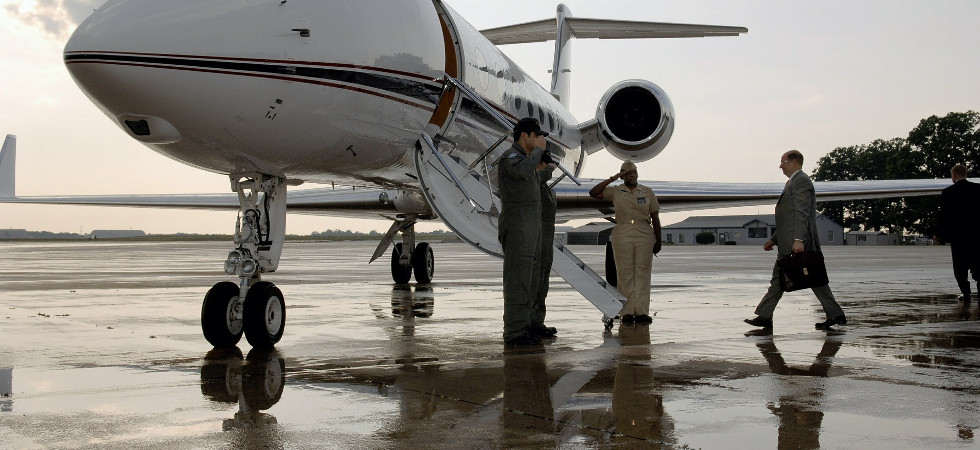When it comes to the typical private jet traveller, the image that may spring to mind is a slightly older, perhaps male passenger. However, private jet booking service, PrivateFly, has revealed that the average age of its private flyer is 41 years, and more than one third (37 per cent) taking to the skies are women.
The company has launched a new quarterly infographic report entitled: Private Jet Charter Trends. Analysing its website and booking data, PrivateFly has lifted the lid on the real private aviation customer, to reveal who is flying by private jet today, and what’s important to them. The company says this is the first time customer behavioural data of this kind has been made available.
One clear finding is the fact that today’s private jet customer doesn’t wait around when it comes to booking, or – indeed – flying. Nearly a third of customers took off within 24 hours of making a booking and 43 per cent flew within three days, suggesting there is usually a sense of urgency for this ‘on demand’ form of air travel. The most popular day and time to fly was a Thursday at 11am.
The report also indicates average private jet spend. It highlights that customers flying on a medium jet spent an average of £15,460 per charter, and on small jets £8,750. Other areas of the report look at how many private jet customers take their pets and children with them.
Adam Twidell, CEO of PrivateFly, said: “The demographic of today’s private jet user is changing. Many of our customers are young entrepreneurs; these are executives who want to fly when and where on their terms with optimal flexibility. When you’re time poor and at the top of your game, speed matters. So an increasing number of our customers want to book and fly in very short lead times.
“PrivateFly’s technology puts us in a unique position to collect and examine data on charter customers’ booking behaviour. For too long private aviation has been a closed world, with assumptions and preconceptions making the headlines, rather than real data-driven customer insights. So it’s exciting to be leading this step forward in industry transparency.
“The first edition of our report uses data from the first quarter of 2016. We will be building a comparative picture in future editions, to review seasonal differences and build a picture of changing trends.”






















